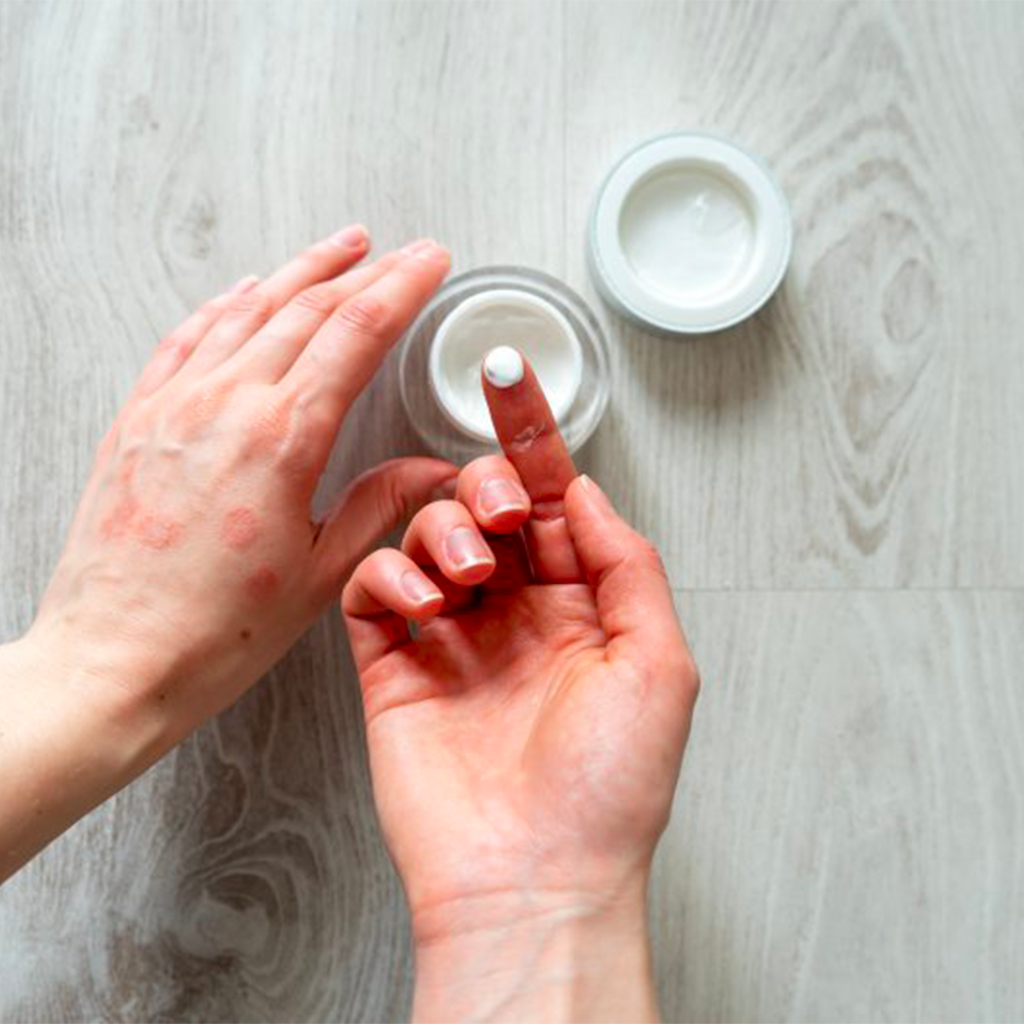Pustular psoriasis: symptoms, causes and remedies

出版日期: 09-02-2023
更新日期: 28-04-2023
主题: 皮肤科
预计阅读时间: 1 分钟
Pustular psoriasis is a skin condition that can present in a heterogeneous manner, as Dr. Remo Gavazzoni, a dermatology specialist at the Istituto Clinico Città di Brescia, explains. Let's delve into it with the expert.
Different forms of pustular psoriasis
The known clinical phenotypes of pustular psoriasis are:
- generalized acute pustular psoriasis (Von-Zumbusch);
- impetigo herpetiformis (typical of pregnancy);
- palmoplantar pustular psoriasis;
- pustular psoriasis annularis;
- infantile pustular psoriasis;
- continuous acrodermatitis of Hallopeau.
From a clinical point of view these different forms of psoriasis have in common the presence of sterile pustules (i.e., not due to bacterial infection) arising on an erythematous basis.
Symptoms
Symptoms range from:
- paucisymptomatic forms (few and low intensity);
- forms that endanger the general condition of the patient (in the generalized form).
From a pathogenetic point of view, pustular psoriasis is characterized by an intense inflammatory response due to an exaggerated activation of innate immunity with a main involvement of interleukin 36.
Risk factors
Although in some cases pustular psoriasis arises without clear triggers, several risk factors that may promote its occurrence have been described, such as:
- medications;
- infections;
- autoimmune diseases;
- excessive photoexposure;
- cigarette smoking.
Diagnosis and therapy
Diagnosis can be made on the basis of the clinical-anamnestic picture and confirmed by histological examination in more complex forms.
Therapy of localized forms is based mainly on the use of topical corticosteroids, vitamin D derivatives, and emollients, in addition to phototherapy in palmo-plantar forms.
Regarding generalized forms or localized forms that are not responsive to the above treatments, therapy historically has been based primarily on the use of systemic drugs such as:
- acitretin;
- cyclosporine;
- methotrexate.
In recent years, however, the advent of biologic drugs (predominantly anti-TNF-alpha, anti IL 12/23, and anti-IL 17) has enabled further marked improvement in the management of this disease.
